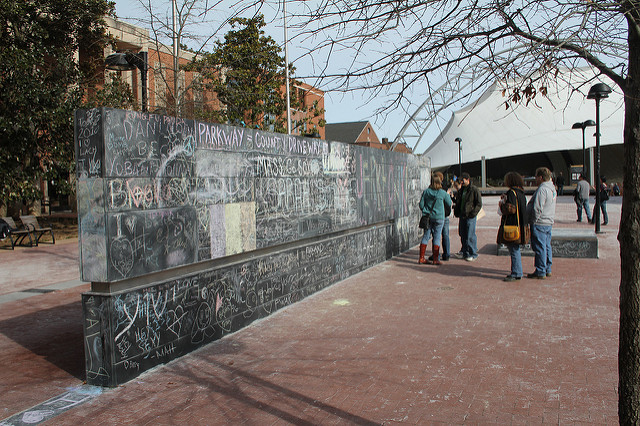President Trump’s most recent executive order, Improving Free Inquiry, Transparency, and Accountability at Colleges and Universities, is raising many eyebrows in the education community due to its focus on “free inquiry” as a condition for receiving federal research dollars. However, this issue is merely one component of the rather aggressive mandate for colleges and universities to provide more data on a student’s anticipate return on investment when pursuing a degree.
As with any policy change, whether through executive order or an act of Congress, there is always the good, the bad, and the ridiculous. Here’s how this executive order measures up:
The Good
The purpose of the order (Section 1) calls for improvement in affordability, transparency, and accountability in postsecondary education—an idea most citizens can support at a time when college tuition is rising 8 times faster than wages. President Trump correctly asserts that the federal government “can take meaningful steps to address” the issues of college costs and student loan default rates.
President Trump is now requiring the U.S. Department of Education (ED) to publish “program-level data for each certificate, degree, graduate, and professional program” (Section 4) so that students who receive federal student aid can better determine the risk associated with taking out loans. By publishing anticipated earnings, Stafford loan debt, Parent PLUS loan debt, and loan repayment and default rates to the College Scorecard, the administration believes students and their families can now correctly assess an ROI of a particular college degree. Moreover, the executive order states that Secretary DeVos, in partnership with three other agencies, must provide the President with policy recommendations for federal student loan risk sharing models.
Additionally, the executive order requests Secretary DeVos to research states’ best practices in improving college completion rates, transfer programs, and establish access to dual enrollment practices.
These measures are likely to be effective for students to mitigate financial risk and make more informed decisions on where to go school and what to study.
The Bad
Whereas the executive order establishes a new framework in which students can become more savvy borrowers, it does so in an incredibly compressed timeline. President Trump is requesting Secretary DeVos’ recommendations and research findings by January 1, 2020, with a progress update by July 1, 2019. By the same January 2020 deadline, the ED is expected to publish the aforementioned data on the College Scorecard.
How is the ED going to be able to meet these demands within a 9 month timeframe, especially when the President’s new budget cuts funding to the department (including a $207B cut to student loan programs)? If not done properly and with due diligence, any policy decisions may undercut the student-related gains proposed by this order.
The Ridiculous
President Trump frames the issue of free inquiry and free speech (Section 3) as a central aspect of our democracy and the educational process, which is correct. His order requires, without dictating through what mechanisms, that the receiving of federal research funds be directly tied to the upholding of the first amendment (public universities) and free speech policies (private universities). However, the president demonstrates his fundamental misunderstanding of how free inquiry is expressed and enforced on our nation’s college campuses.
The recent issues related to free speech deal not with the restriction of the first amendment, but with the costs associated with student groups inviting extremely controversial provocateurs to campus. Milo Yiannopoulos’ speech at UC Berkeley, as invited by the College Republicans, cost the university over $800,000 in security costs and an additional $100,000 in protest-related damages. After spending over $1.4M to protect conservative students groups’ exercise of free speech in Fall 2017 (estimated total prior to Yiannopoulos’ visit), UC Berkeley developed a commission to determine new best practices to support the student’s first amendment rights, but also determined it would no longer foot the bill for student groups to bring speakers to campus. Colleges and universities nationwide followed suit. Ironically, this move is in step with the president’s call for more transparency and accountability for college expenditures.
Colleges and universities cannot mitigate how students express their first amendment rights to each other—they can only work to create an environment in which the free exchange of ideas can take place. Students would be better served if President Trump’s executive order provided more funding for institutions to facilitate free speech forums or established civil discourse programs.

 The Myth of Meritocracy
The Myth of Meritocracy